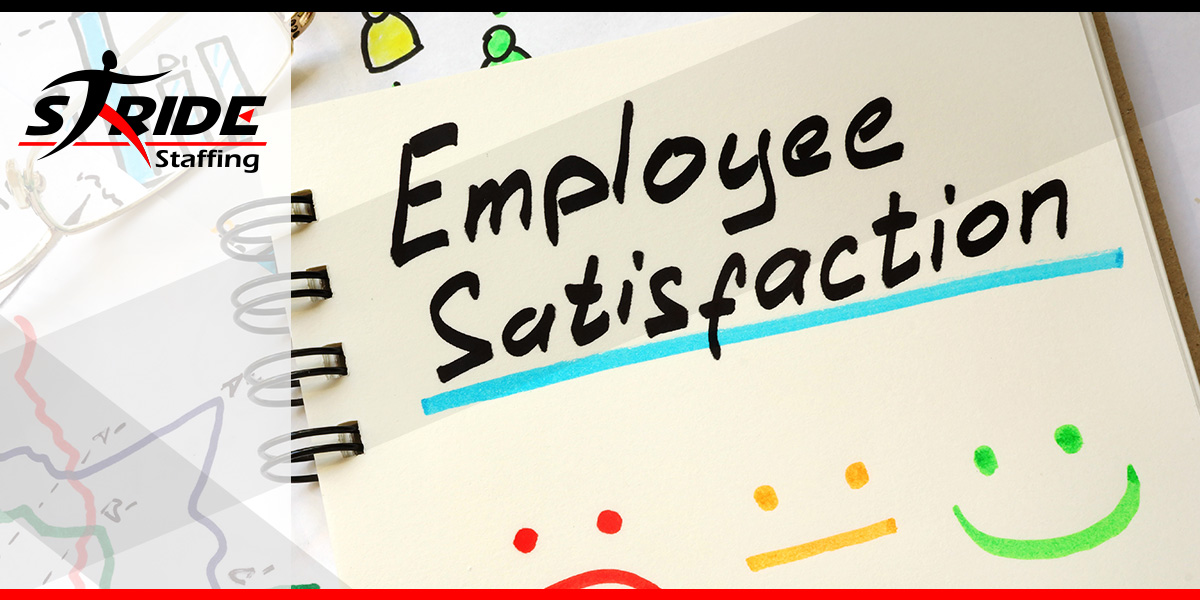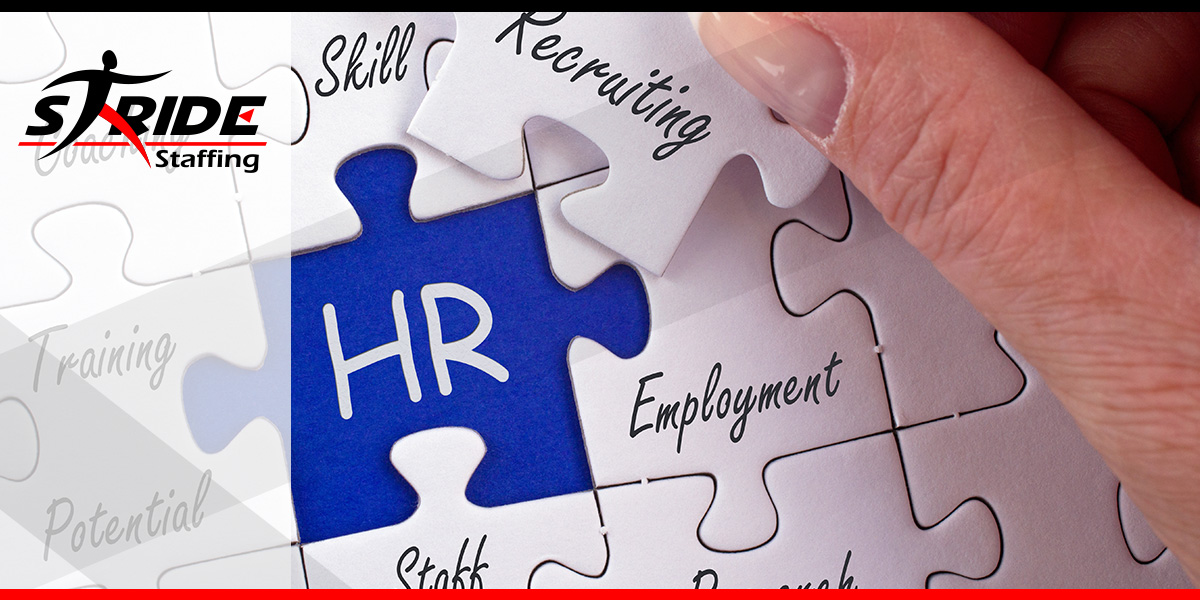Is your budget for coming year just pages of wishful thinking? In many cases, it is. Businesses that are underperforming often believe by planning for bigger profits or greater revenues they are ensuring a better outcome. But a budget alone has no impact on what will happen in the next year within your organization.
Here is what often happens:
Upper management, with the assistance of lower-level managers, sets goals for the year and includes them in the annual budget, expecting their managers will take the actions to achieve the projected results. Unfortunately, that rarely happens. Instead, those managers go back into their departments and continue to do their jobs as they always have.
Without an action plan to help deliver tangible results, nothing will change, and the figures in the budget will not be accurate. Here are suggestions for creating a budget that defines the needed actions with which every employee can identify.
Put the emphasis on action instead of accuracy
Despite your company’s best efforts, your budget can never be more than an educated guess. This makes the term “accurate budget” a contradiction. A budget can be accurate only if everyone in your organization does what is expected of them. But until someone defines what is expected, it likely won’t happen.
That’s why a budget consisting only of revenue and expenses does not show the whole picture. Each budgeted line item should be accompanied by the specific action or actions necessary to make the projections a reality. For instance, if your budget is predicated on 5 percent growth in revenue, there needs to be an accompanying line that explains how many more clients or customers it will take, including the advertising and events that will draw them in, to achieve the growth. Once you have included specifics for your organization, your budget becomes actionable and will be accurate.
Recognize what drives your company’s performance
Your employees need to understand and act upon those things which will produce future financial results. By including these performance drivers in the budget, your workers will have something concrete and actionable from which to work. Having sales or events that reach more potential customers, improving the sales process, changing products or pricing and finding ways to satisfy and retain customers are all examples of drivers that can be budgeted for each of your departments.
Your budget should include those tangible goals that directly influence an increase in revenue and profit while reducing expenses. The goals that are associated with performance drivers give your organization a visible marker from which you can measure your performance against your goals.
Is finding the best talent one of your goals?
Convincing today’s top candidates your company is their best choice is more critical than ever. A culture of fun, fitness, and altruism will go a long way to setting you apart. Stride Staffing’s goal is to build stronger connections between employers and individuals by doing staffing differently. Really. Contact us today and request a consultation.









